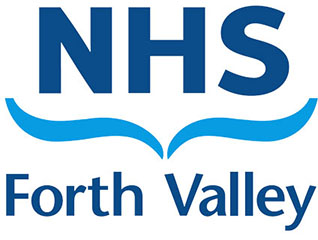Cow’s Milk Allergy can appear in different ways and is suspected if your baby has one or more of the following symptoms:
- Large or frequent vomits (and reflux has been ruled out)
- Loose, frequent stools or constipation
- Unexplained irritability or sore crying for long periods
- Skin rash or eczema
- Problematic wheezing, shortness of breath, nasal congestion
What to Do Now
Your baby should go on a milk-free diet for 4 weeks, as it can take this long for symptoms to fully clear up. Your baby’s GP Practice will prescribe a specialist formula milk, usually an extensively hydrolysed formula (proteins are broken down to reduce the risk of allergic reaction).
Extensively hydrolysed formula smells and tastes different to standard formula milk. If your baby has difficulty accepting the new formula, gradually introduce it by mixing with the current formula:
- Mix half and half: 90ml (3oz) new formula + 90ml (3oz) current formula for a 180ml (6oz) bottle.
- If not accepted, start with 30ml (1oz) new formula + 150ml (5oz) current formula for a 180ml (6oz) bottle.
- Slowly increase the new formula by 30ml (1oz) at a time until your baby is used to the taste. This may take a few days.
Points to Note
- The colour of your baby’s poo may change (often turns green) – this is normal.
- Continue using thickeners or medication for reflux if needed.
- If currently on a pre-thickened formula, a thickener may be needed for the new formula.
- Soya milk-based formulas are not recommended for babies under 6 months old.
- If symptoms worsen during the 4-week trial, contact your baby’s health visitor for advice.
If Your Baby Has Started Weaning (Solids)
If your baby is also on solid food, cow’s milk should be removed from their diet for 4 weeks.
For information on milk-free weaning, see the milk-free weaning video:
What to Do After the 4-Week Milk-Free Trial
- If there is no improvement in symptoms after 4 weeks, see the health visitor.
- If symptoms improve, you must do a milk challenge (reintroduce cow’s milk) to confirm the diagnosis of CMA.
How to Do a Milk Challenge
Do not do a milk challenge at home if your baby has had severe or immediate reactions to milk (anaphylaxis, lip/facial swelling, wheeze).
- After around 6 weeks of starting the new formula, begin the milk challenge when symptoms have settled.
- Start by adding 30ml (1oz) of standard formula milk to your baby’s bottle of new prescribed formula milk in the first bottle of the day only. Reduce the new prescribed milk by 30ml (1oz) accordingly.
- Increase by 30ml (1oz) of standard formula milk each day in the first bottle only, until the first bottle is all standard formula milk.
- Continue all other bottles as the new prescribed formula milk.
- Once your baby tolerates 1 full bottle of standard formula milk a day, you can give all bottles as standard formula milk.
If after completing the milk challenge there is no return of symptoms, milk allergy can be ruled out. If symptoms return, speak with your health visitor.
If Symptoms Return
If symptoms return, this confirms cow’s milk allergy. Inform your baby’s health visitor for referral to the paediatric dietitian.
Dietitian Input
When milk allergy is confirmed, you will be referred to a paediatric dietitian for further information and advice. Most babies will remain on a milk-free diet until 1 year old or for at least 6 months following diagnosis. You will be offered to attend a milk-free weaning group and receive milk reintroduction advice at the appropriate age.
Please note: We do not endorse any particular brands or products. Also be aware that manufacturers may change their recipes, so its very important that you always check the ingredients list on the product you are using.

